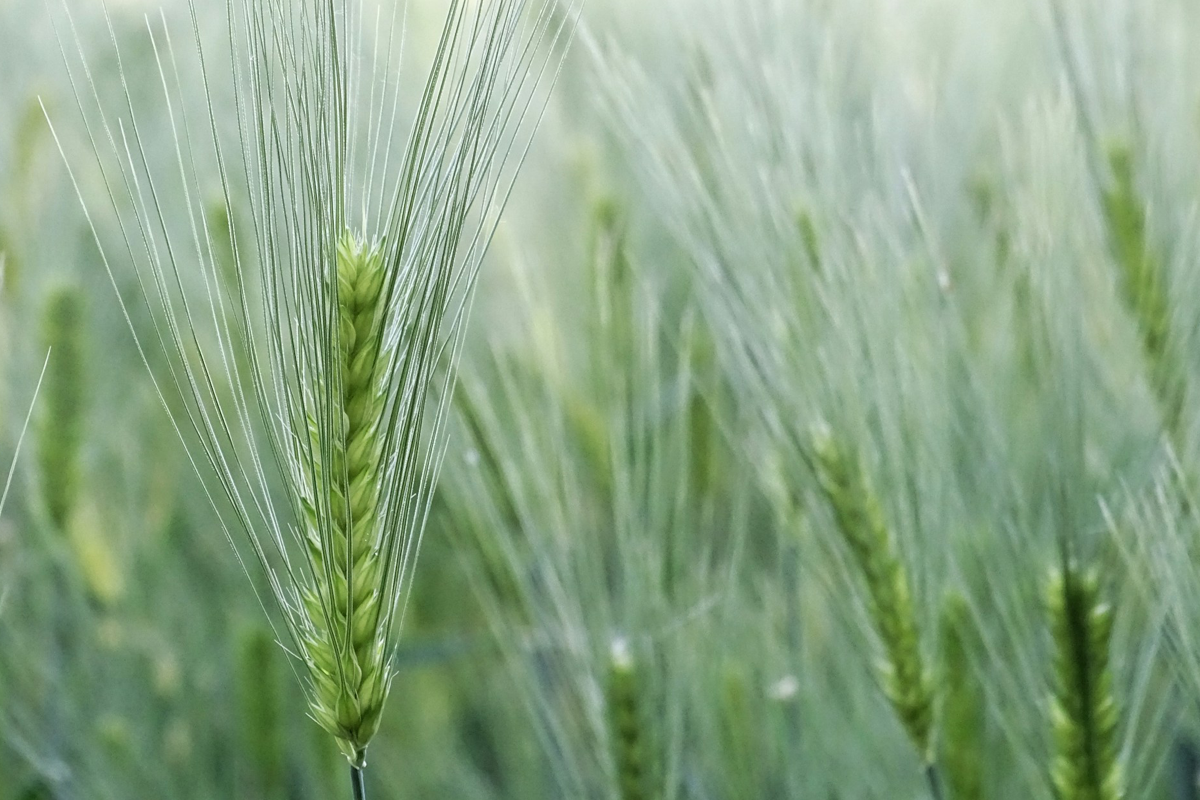
Ohio farmers have a growing interest in (and some questions about) carbon markets
“Anyone who has a concern for our climate should look at agriculture as one of the ways that we can help solve the problem.”
The idea is to farm in a way that captures carbon dioxide in the soil, which is called carbon sequestration. Farmers can sequester carbon by planting native plants and restoring prairies, or planting a mix of cover crops like clover, buckwheat, milkweed and radishes in their fields—those plants have deep roots that naturally store carbon from the atmosphere in the soil.
Now, that carbon in soil is rapidly turning into a new crop commodity to be sold.
Christine Gelley, an OSU extension educator from Noble County, gave a talk at the Farm Science Review to cattle farmers about how they can sequester carbon by planting native plants in their pastures.
“[Ohio native plants] have huge benefits to the soil as well as other parts of the ecosystem,” She said. “Over time and over many acres, that can be a huge carbon sink that could potentially come back to farmers as additional revenue and also increase the production of their farm.”
Here's how the additional revenue works: stored carbon in the soil can be sold as a cr( article continues at Ideastream Public Media )